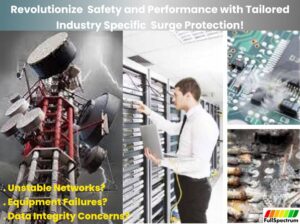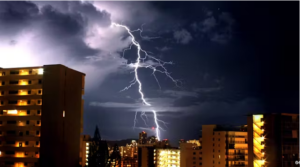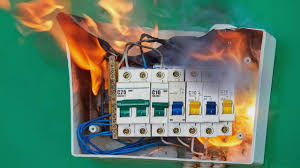Is your bank prepared for the unexpected?

Power surges and lightning strikes can cripple operations, costing millions and damaging reputation.
Robust Earthing, Lightning, and Surge Protection (ELSP) isn’t just a regulatory checkbox; it’s the foundation of your bank’s resilience, ensuring business continuity and safeguarding your competitive edge.
What are the real costs of neglecting ELSP? How can your bank implement effective protection?
The High Cost of Neglect
Financial Losses: Downtime translates directly to lost revenue. One Nigerian bank lost ₦100 million due to a single lightning strike. A recent study showed that downtime costs financial institutions an average of ₦15,000 per minute.
Can your bank afford such losses?
*Reputational Damage
System failures erode customer trust. In today’s digital age, news of outages spreads rapidly, impacting your bank’s image and customer loyalty.
What impact will outages have on your brand?
*Operational Disruptions
Imagine ATMs offline and transactions halted. Critical services are interrupted, impacting customers and internal operations.
How will your bank function during an outage?
*Legal and Regulatory Risks
Non-compliance with international and local standards can lead to penalties. Are you meeting the required standards like BS/IEC 62305 and 60364-5-54?
Vulnerable Infrastructure: Where are your bank’s weaknesses?
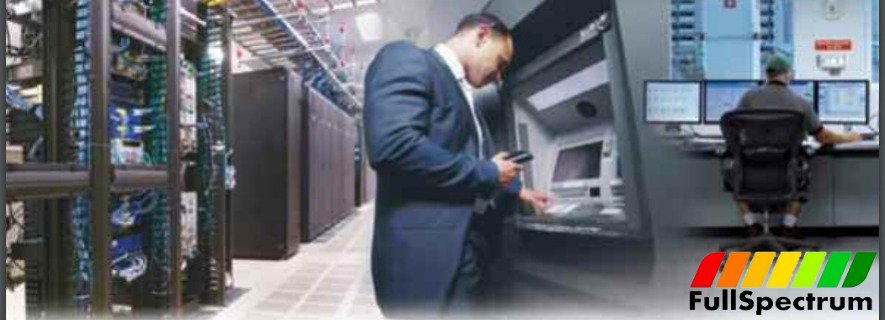
*IT Infrastructure
Servers, data storage, network devices – the heart of your operations.
*Communication Systems
Telephone systems, internet connections – your lifeline to the world.
*Security Systems
CCTV, access control – your first line of defense.
*ATMs & POS Terminals
Customer-facing equipment exposed to both power surges and lightning.
*Building Management Systems
Lighting, HVAC, fire alarms – essential for daily operations.
ELSP Best Practices: A Proactive Approach – How can you protect your bank?
*Risk Assessment
Identify your specific vulnerabilities based on location, equipment, and historical data.
*Tailored Design
Engage qualified ELSP experts to design a customized system.
*Professional Installation
Ensure proper grounding and the correct installation of Surge Protection Devices (SPDs).
Type 1 SPDs protect against direct lightning strikes at the service entrance,
Type 2 SPDs protect against surges within the building’s distribution system, and
Type 3 SPDs provide final protection for sensitive equipment.
Which type of SPD is right for each application?
*Regular Maintenance
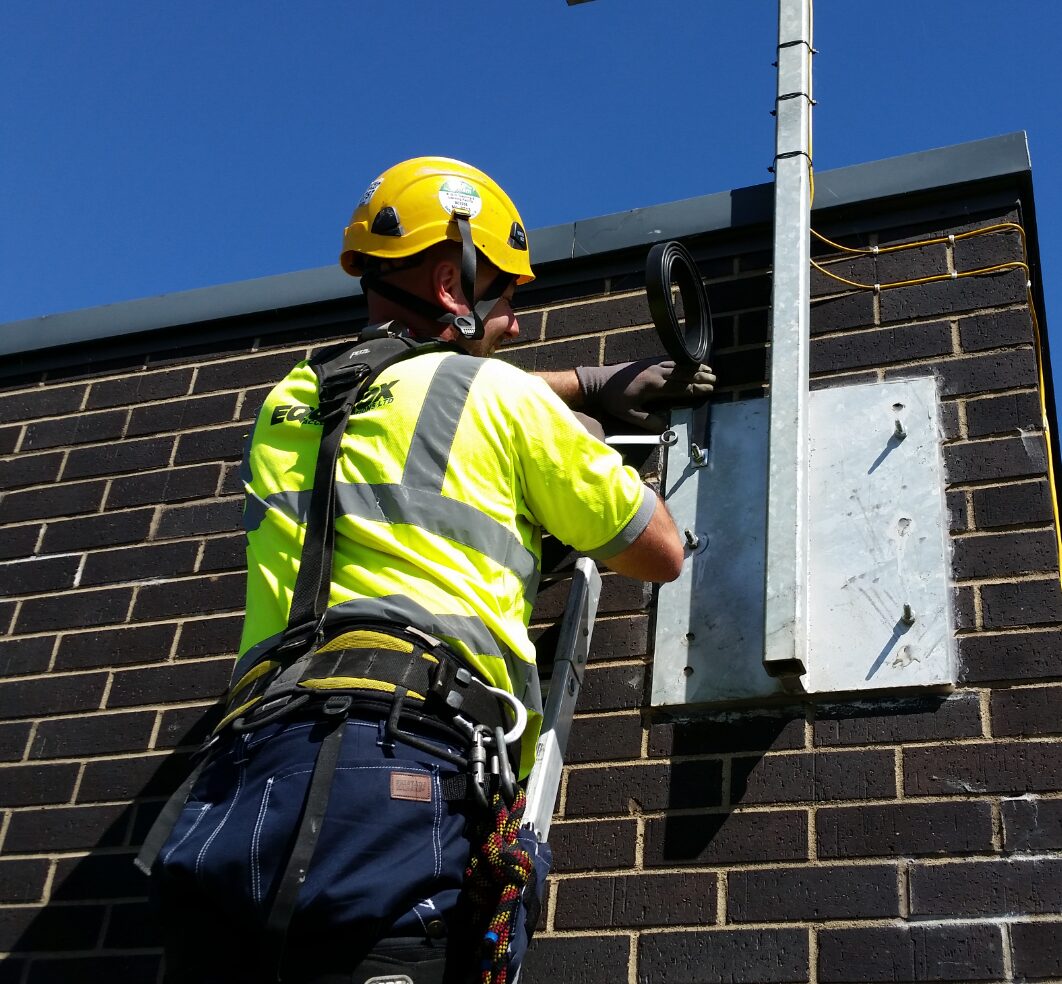
Scheduled inspections, testing, and replacement of SPDs are crucial for long-term effectiveness.
*Staff Training
Empower your team with ELSP knowledge to identify potential issues and respond effectively.
*Detailed Documentation
Maintain records of installations, tests, and maintenance for future reference and compliance.
Ensuring ELSP Integrity: Regular Testing is Key
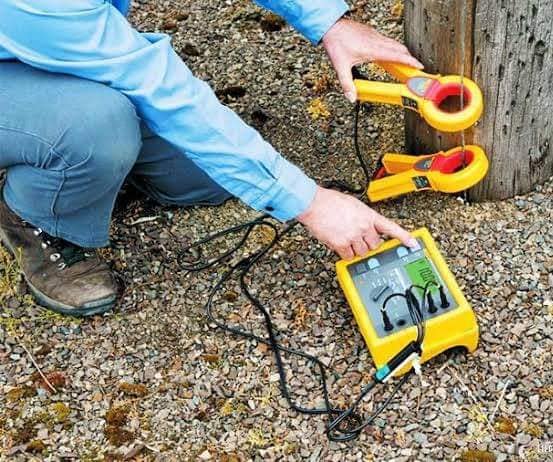
*Visual Inspections
Check for damage, corrosion, or loose connections.
*Earth Resistance Testing
Verify proper grounding to ensure a low-resistance path for fault currents.
*SPD Testing
Ensure SPD functionality and replace any degraded devices.
*Thermographic Inspections
Detect potential hot spots that could indicate faulty wiring or failing components.
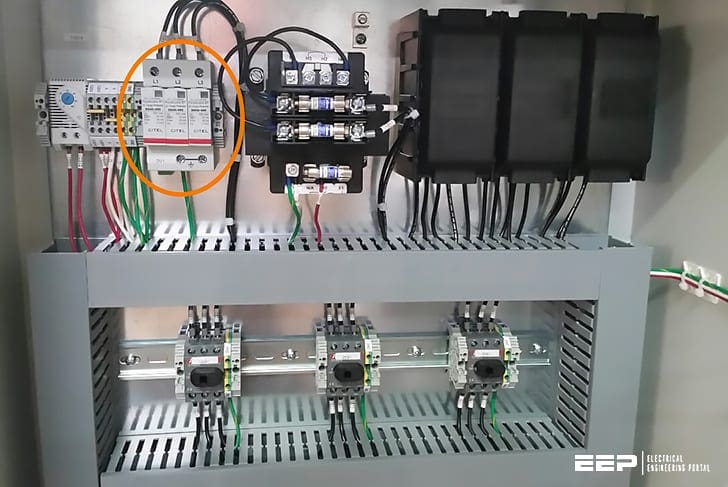
*Compliance is Key
Adhere to relevant international standards, including BS/IEC 62305, BS/IEC 60364-5-54, and relevant IEEE standards. Are you compliant?
Take Action Today: Secure Your Bank’s Future
Don’t wait for disaster to strike.
Investing in robust ELSP is not just an expense; it’s an investment in business continuity, customer trust, and long-term success.
Contact FullSpectrum the ELSP professionals today for a consultation and protect your bank’s future.


Victor Oyedu, FNSE, FNIEEE, CPQ.
Power Quality and Energy Management Specialist.
Publisher at Afrienergyonline.com
CEO, FullSpectrum Energy Solutions Limited, Nigeria.


